How to Choose Curtains for Common American House & Window Types?
Whether it is a single-family home, townhouse, Condo or apartment, its unique architectural style and window structure are the core elements that need to be considered when choosing curtains. At TWOPAGES Curtains, we specialize in custom-making the perfect curtains for your specific needs. In this guide, we’ll walk you through how to choose curtains based on common American house types and their corresponding window styles.
Understanding Common American House Types and Their Windows
Accurately analyzing the spatial attributes and architectural features of a house (including window structure) is a prerequisite for selecting residential curtains. The functional requirements and decorative effects of windows in different living styles need to complement each other.
1. Single-Family Homes
As the predominant housing form in the US, single-family homes constitute approximately 67% of all housing units. These standalone houses commonly feature diversified window types requiring specialized curtains for home solutions:
-
Double-hung windows: Featuring dual vertically sliding sashes, this iconic design dominates traditional American homes.
-
Casement windows: With side-hinged operation and energy efficiency advantages, their aerodynamic opening mechanism suits modern aesthetics.
-
Bay windows: Characterized by angular projections and multi-panel compositions, these architectural elements demand custom curtains to resolve spatial challenges.
-
Picture windows: Fixed panoramic viewing portals that provide expansive views and requiring precise measurements for optimal light control.
Given the versatile window configurations in single-family homes, custom curtains prove critical for achieving both functional compliance and architectural style synchronization. Bespoke drapery allows dimensional customization for irregular window types while enhancing residential character through fabric patterning and hardware coordination.
Curtain Tips for Single-Family Homes:
Double-Hung Windows
-
Prioritize rod-pocket headings or grommet-top drapes with smooth glide mechanisms.
-
Opt for lightweight fabrics maintaining 150+ cycles/year operation durability.
-
Recommend weighted hem designs(minimum 200g/m²) for stable vertical movement.
Bay Windows
-
Implement custom-curved curtain tracks with 15-25° angular adapters.
-
Multiple panels configuration: Recommend a 1.5:1 width-to-window ratio for balanced coverage.
-
Floor-length curtains: Pair with 2-3cm floor clearance to prevent fabric abrasion.
Picture Windows
-
Daylight Solution: Sheer curtains with 30-50% UV filtration (recommended 300-350 GSM fabric density).
-
Night Solution: Blackout curtains using triple-weave construction (achieving 99% light blockage).
-
Installation Tip: Integrate a magnetic side-seal system to switch seamlessly between view preservation and privacy mode.

cr:@thekimmycox
2. Townhouses
As multi-level attached dwellings constituting 6% of US new construction (per NAHB), typically found in urban or suburban areas, townhouses present unique fenestration challenges with front/back window clusters and occasional bay window protrusions or smaller side windows. Implement these engineering-grade solutions:

cr:@designsbythandie
Curtain Tips for Townhouses:
Vertical Zonal Treatment
-
Ground Floor: Use full-height curtains (recommended 9-10 feet long) with thick blackout liners for a polished, elegant look.
-
Upper Levels: Use short, casual café-style curtains (24"-36" long) made of durable, sun-safe polyester-cotton fabric.
-
Transition between floors with coordinated curtain rod finishes (e.g., matte black iron → brushed nickel)
Light-Filtering Curtains
-
Select privacy-grade light diffusion fabrics (45-55% openness factor)
-
Implement dual-layer systems:
• Inner layer: 90% UV-blocking fabric to protect furniture from sun damage.
• Outer layer: Stylish see-through decorative sheer fabric that dims harsh sunlight.
Bay Window
-
Deploy curved track systems with 120°-150° radius adaptability
-
Multiple curtain panels configuration:
• Center panel: 1.2:1 width ratio
• Flanking panels: 0.8:1 ratio with weighted chain hems -
For angular bays (≥110°), recommend magnetic corner connectors for seamless drape alignment
Technical Compliance
-
All treatments must meet NFPA701 drapery self-extinguishing flame retardant standards.
-
Rod systems require 1.5x wider than window (e.g., 72" window → 108" track)
-
Use eco-friendly curtain weights (no toxic chemicals).
3. Condominiums
Condominiums (Condos) are individually owned units within a larger building, often featuring windows that face one direction. Windows in condos are typically standardized, such as sliding or double-hung windows, depending on the building’s design.
Curtain Tips for Condominiums:
-
Condo windows usually come in standard sizes, so getting curtains that fit just right is key. Start by measuring your windows exactly, then check out custom window treatments – they’ll match your windows perfectly!
-
Curtains are an easy way to show your style in a condo, especially if your space looks plain. Try fun prints or bright colors to make your home feel special and different from others!
-
For sliding windows, which are common in condos. When choosing curtains, pick wide curtains or shades that: Fully cover the window, easy to open/close without blocking the window itself and let you control sunlight easily; for extra-large windows or ones that are hard to reach, go with motorized options—they open/close with a button or remote for hassle-free use!
-
For double-hung windows, choose curtains that are suitable for layered structures, do not hinder window opening, and balance privacy and light, such as our cordless top down bottom up roman shade.

cr:@sommerwhiteinteriors
4. Apartments
Apartments are rental units within larger buildings, and their windows are usually standardized across units. Common window types include sliding windows or double-hung windows, depending on the building’s age and design.
Curtain Tips for Apartments:
-
In apartments, you may not have the freedom to make permanent changes, so opt for easy-to-install curtain rods that don’t require drilling.
-
Choose curtains for home that are versatile and can be easily removed or adjusted when you move. Light, airy fabrics work well in smaller apartment spaces to keep the room feeling open.
Measuring & Fabric Tips for Perfect Curtains
Accurate measurements and fabric choice are key for curtains for home success. For custom curtains:
-
Measure width as inside trim-to-trim (inside mount) or window + trim + 3–6″ extensions per side (outside mount).
-
Length depends on rod height (floor/sill/apron).
-
Ensure fullness by selecting curtains 2–3x your window’s width (e.g., 36″ window = 72–108″ curtains).

Need help? Follow our user guide.
Pair measurements with the right fabric:
Linen for airy casual spaces, velvet for luxe light-blocking, cotton for versatile patterns, or blackout for bedrooms.
Explore our select fabrics guide to match your style and function needs at TWOPAGES Curtains.
Final Thoughts
Choosing the right curtains for home doesn’t have to be a daunting task. By choosing curtains based on the characteristics of your room's window type and decoration style, you can not only achieve an upgraded decorative effect, but also take into account practical functions. Whether you’re looking for ready-made curtains or need custom curtains tailored to your unique windows, TWOPAGES Curtains has you covered.


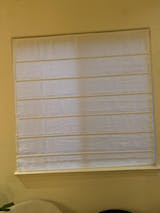
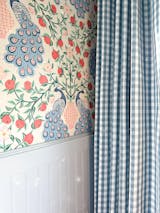
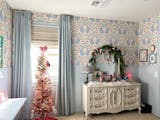
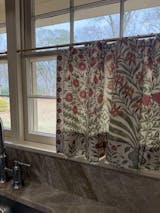
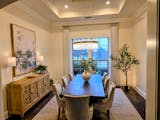
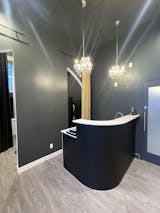
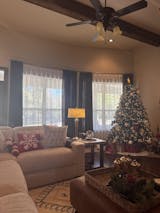
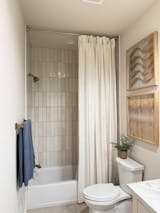
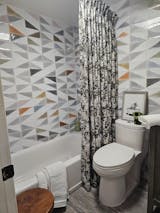
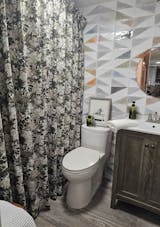
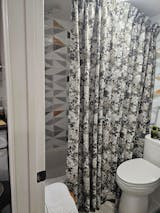
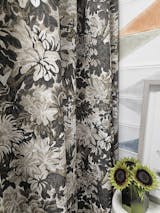
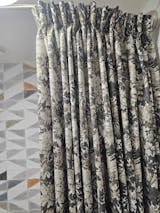
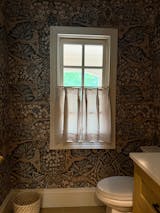

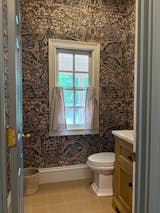
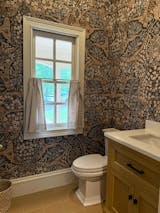
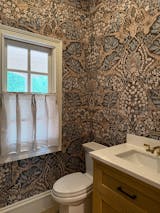

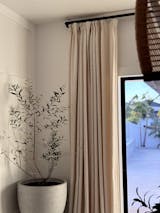
Leave a comment